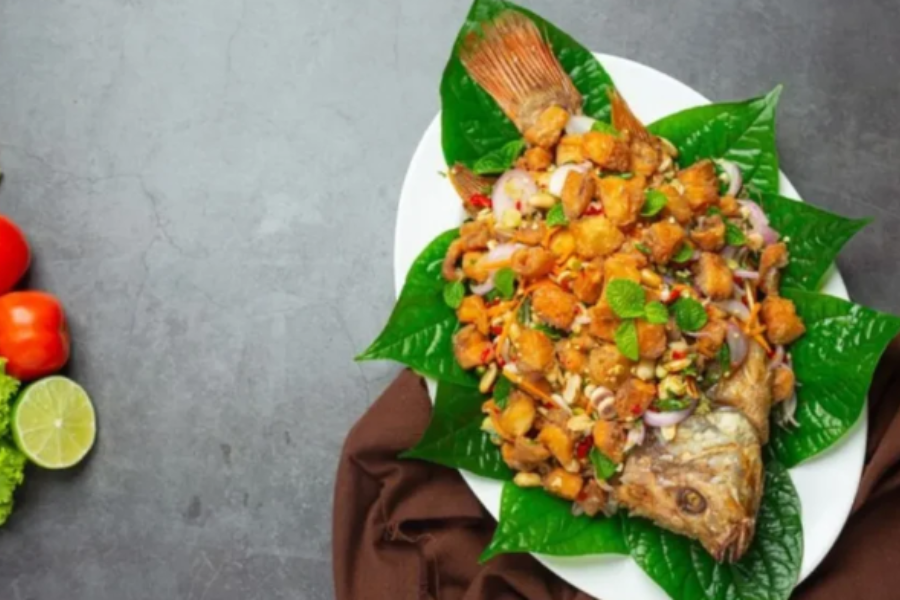Çeciir: A Flavorful Journey Through Turkish Cuisine
Turkish cuisine is a captivating mosaic of flavors, ingredients, and cooking traditions that have evolved through centuries of cultural exchanges and historical influences. The term “çeciir” encapsulates not only the food itself but also the sense of community and togetherness that is intertwined with the culinary experience.
In this article, we explore the essence of çeciir in Turkish cuisine, tracing its origins, iconic dishes, and the deep cultural significance behind it.
Origins and Historical Evolution
The roots of Turkish cuisine can be traced back to the ancient nomadic Turkic tribes of Central Asia, who brought with them a wide array of culinary practices. As these tribes migrated to Anatolia, their food culture began to blend with the region’s local ingredients and the culinary traditions of neighboring civilizations.
The Ottoman Empire further enriched Turkish cuisine by adopting and refining elements from the Middle East, the Balkans, and the Mediterranean, creating a rich and varied food culture that reflects Turkey’s diverse history.
Signature Dishes
Kebabs: Turkish kebabs, such as Adana and Urfa, are renowned globally. These skewered and grilled meats, seasoned with an aromatic blend of spices, are traditionally served with rice, fresh vegetables, and flatbread. Over time, regional variations have given kebabs a unique local flair, making them one of Turkey’s most beloved dishes.
Mezes: Central to Turkish dining are mezes—small, flavorful appetizers or side dishes. These range from hummus and baba ghanoush to dolmas (stuffed grape leaves) and sigara böreği (crispy cheese-filled pastries). Designed for sharing, mezes create an atmosphere of togetherness and are often the prelude to a larger meal.
Pide and Lahmacun: Often referred to as Turkish pizza, pide is a boat-shaped flatbread topped with cheese, meats, and vegetables, while lahmacun is a thin, crispy flatbread topped with minced meat, tomatoes, onions, and herbs. Both are popular street foods, offering a quick yet delicious taste of Turkish cuisine.
Baklava: A symbol of Turkish celebrations, baklava is a rich, sweet dessert made of layers of filo pastry filled with chopped nuts, typically pistachios or walnuts, and sweetened with honey or syrup. It’s a culinary treasure enjoyed during festive occasions and holidays.
Manti: These delicate, tiny dumplings are filled with spiced meat and served with a garlic yogurt sauce, topped with melted butter infused with paprika. Manti is a cherished comfort food in Turkey, often made for special family gatherings.
Cultural Significance
Çeciir in Turkish cuisine goes beyond the food itself, representing the communal spirit and cultural customs that accompany each meal. Turkish meals are deeply social occasions, where family and friends come together to share the abundance of the table. Hospitality, or “misafirperverlik,” is an essential part of Turkish culture, and offering food to guests is a tradition steeped in warmth and generosity.
Turkish cuisine is also a reflection of the country’s regional diversity, with each area offering its own distinct flavors and cooking techniques. For instance, the Aegean region is known for its olive oil-based dishes and fresh herbs, while the southeastern regions are famous for their spicy kebabs and rich, hearty stews.
Conclusion
Çeciir embodies the soul of Turkish cuisine—a harmonious blend of history, culture, and culinary mastery. It invites you not only to savor the flavors but also to immerse yourself in the traditions and hospitality that make Turkish meals so special.
From the simplicity of mezes to the indulgence of baklava, every dish offers a taste of Turkey’s rich heritage and the communal experience at the heart of çeciir.
Unlock the latest insights in tech and apps at The AppKod.







